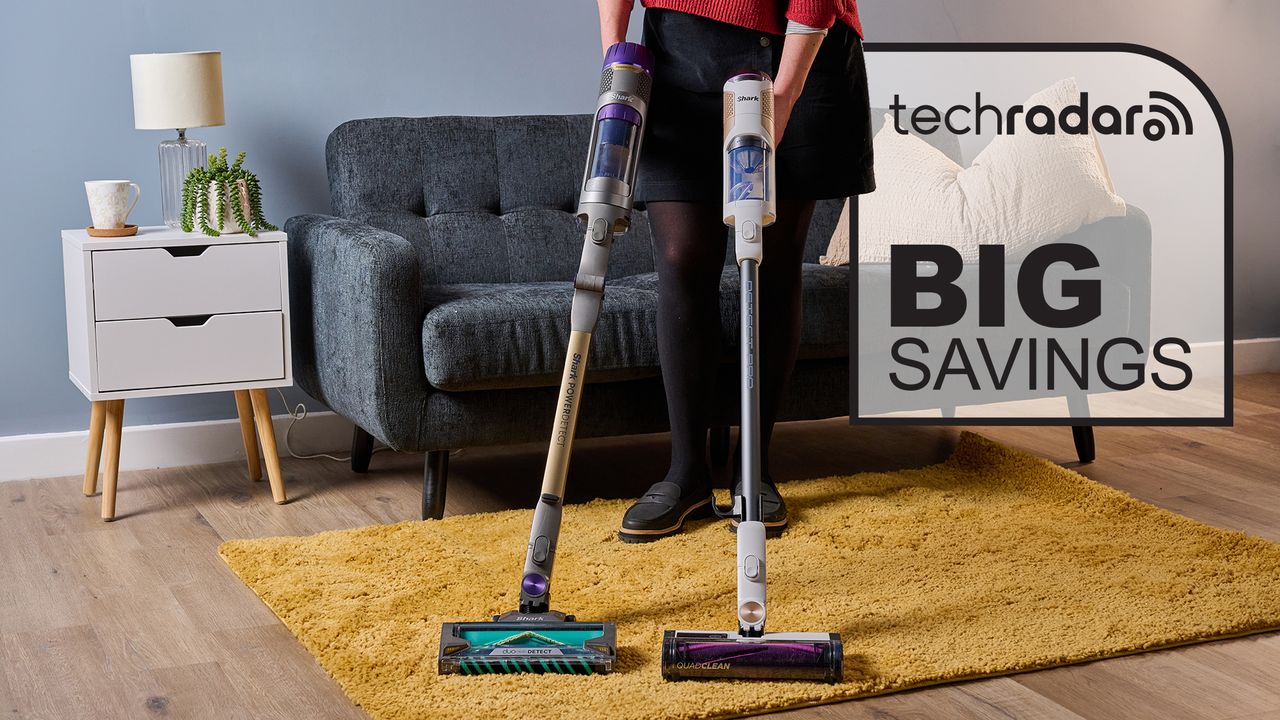Sustainability Week 2025
This article is part of a series of sustainability-themed articles we’re running to observe Earth Day 2025 and promote more sustainable practices. Check out all of our Sustainability Week 2025 content.
I get it, it’s hard to buy sustainable tech. There’s a lot we come up against when trying to constitute what a responsibly made gadget even looks like, from manufacturing’s toll on the planet to the very nature of consumerism and the waste it inevitably leaves.
Not to mention that most tech products we purchase have some form of design obsolescence baked into them that deliberately forces us into buying the latest ‘premium’ version because of limited lifespans – and don’t even get me started on the subscription model (well done Charlie Brooker for driving this point home in the best episode of Black Mirror season 7). It’s a mind field to say the least.
Thankfully, there are companies out there that are slowly trying to change this repetitive cycle we seem to have gotten ourselves into. One of those is a Swedish startup called Exeger, which is behind the world’s first solar-powered headphones.
Before the first self-powered cans were released in 2021, using solar power to charge everyday gadgets wasn’t very commonplace. That’s mainly because it adds an additional cost to making the products, creates design complexities to ensure adequate sunlight, and has limited efficiency.
It’s why we’ve only ever really seen solar tech added to watches and pocket calculators. But a lot has changed since the first solar calculator was launched in the 1970s (anyone still have a Sharp EL-8026?), and that’s mainly due to breakthroughs that have helped solve many of these limitations.
Exeger’s patented solar cell technology, known as Powerfoyle, has been breaking down many of those earlier barriers, which is why it is increasingly finding its way into more products. Here are three new gadgets using Powerfoyle that you can soon get your hands on.
Self-charging speakers
Exeger has been doing a lot of work to modify its Powerfoyle tech to be better suited to headphone makers.
One of the first companies to utilize solar technology in headphones was Urbanista – read our Urbanista Miami review and Urbanista Los Angeles review for a detailed rundown of their performance. They have since added this technology to more of their product range, including the Phoenix wireless earbuds and Malibu portable speaker.
There’s also been the Adidas RPT02 and Philips A6219 GO headphones, but the latest manufacturer to jump onboard the tech is Merry Electronics, which has partnered with Exeger to make solar-powered headphones for brands to buy.
Merry Electronics produces tech for a variety of companies, all of which have different ranges, sizes, and price points. This meant Exeger had to make adjustments to Powerfoyle to suit a wider range of products. One of the biggest limitations they faced, Exeger’s Alexander Faust tells me, was the size of its solar cells.
“By going slimmer, not only can we [adapt to] more aesthetics but we can reach more products with much better design, which means that in terms of design and cost we can really address all the different price bands, including headphones below $100,” Faust said.
Solar-powered headgear
As more companies and manufacturers partner with Exeger, Powerfoyle is finding its way into a lot of different types of everyday tech products.
One of the most practical ones I got to see at CES 2025 earlier this year was a helmet. This wasn’t just a case of adding Powerfoyle tech to collect and store the energy from such a sun-drenched everyday item, though.
Instead, the Cosonic helmet is designed to power an internal microphone and speakers as well as an LED taillight on the back of it for anyone who rides a scooter or bike, particularly delivery drivers who require the extra features.
“This [type of prodcut] is focusing on the Uber Eats of China. You have different companies, one is called Meituan, [but you also have] Ele.me, Sam’s Club, Daojia. You have like five top big ones and they all promise to deliver to your place in less than 30 minutes,” Faust explained, adding “there are 15 million of those riders in China alone.”
There’s also the POC Omne Eternal helmet, which is aimed more at everyday cyclists who want an extra bit of safety when riding during low visibility. This doesn’t have the extra audio connectivity features, just a rear light that automatically turns on when in low-light conditions.
Perpetual remotes
Exeger has already been working with companies like Hama and Omni to make solar-powered remotes.
One of the newest manufacturers that Exeger partnered with in 2025 is the electronics maker SMK, to create a different type of self-charging remote. This one isn’t for your TV but for an appliance instead.
Just like the e-reader e-notetaker displays that Exeger makes, this proof-of-concept air conditioner remote uses the same type of display to help preserve energy. It also has a helpful charging feedback feature that lets you know where to place it to get the most light.
Outside of remotes, Exeger is also working on solar-powered sensors. Two of the latest are the Kapsch Elumian, which is the world’s first light-powered tolling transponder, and the Leedarson Light-Powered Door Window Sensor that alerts you when a window or door is open.
A brighter future
Powerfoyle isn’t the only solar technology that is finding its way into everyday products. There are plenty of other companies experimenting with solar tech to make it more energy efficient and adaptable than those first few solar-powered power banks that came out (weren’t those terrible?).
Of course, solar-powered gadgets are not going to completely solve high energy consumption, but every little bit makes a difference, and if we can send that message as consumers to the companies we buy from, then sustainable solutions are only going to become more accessible.




